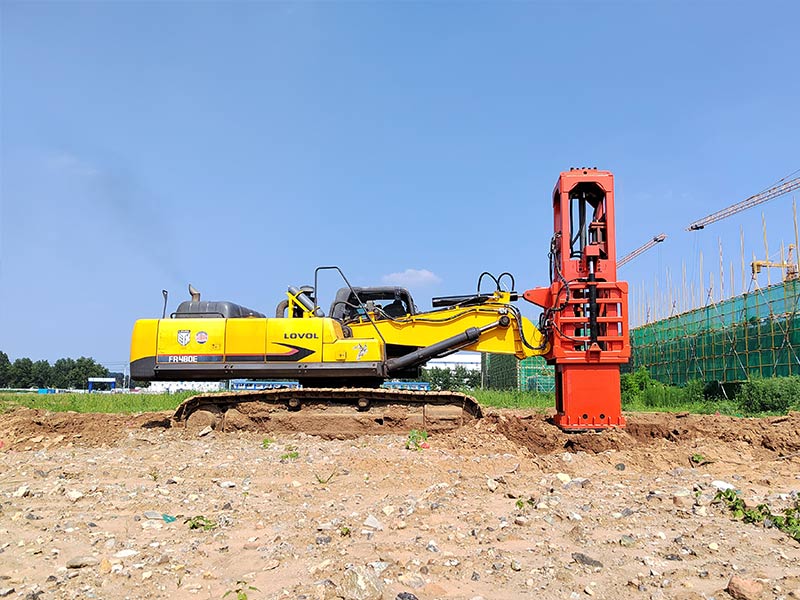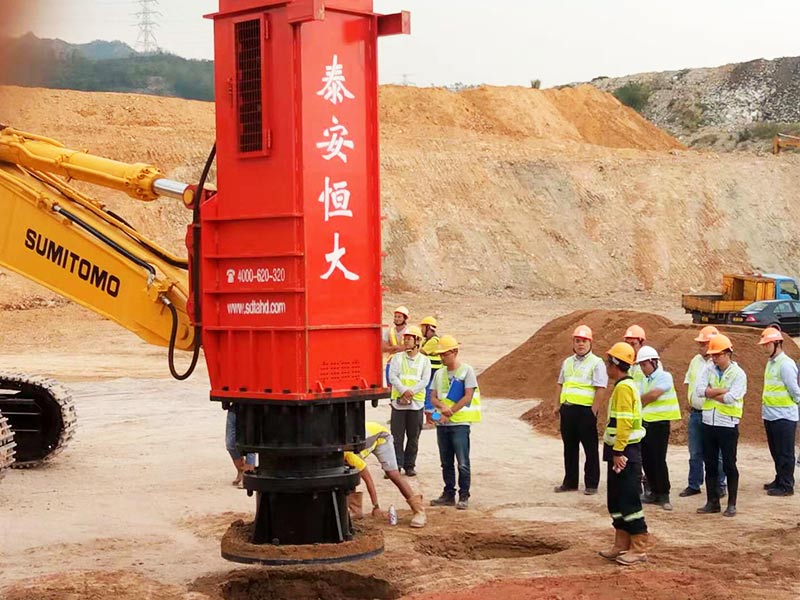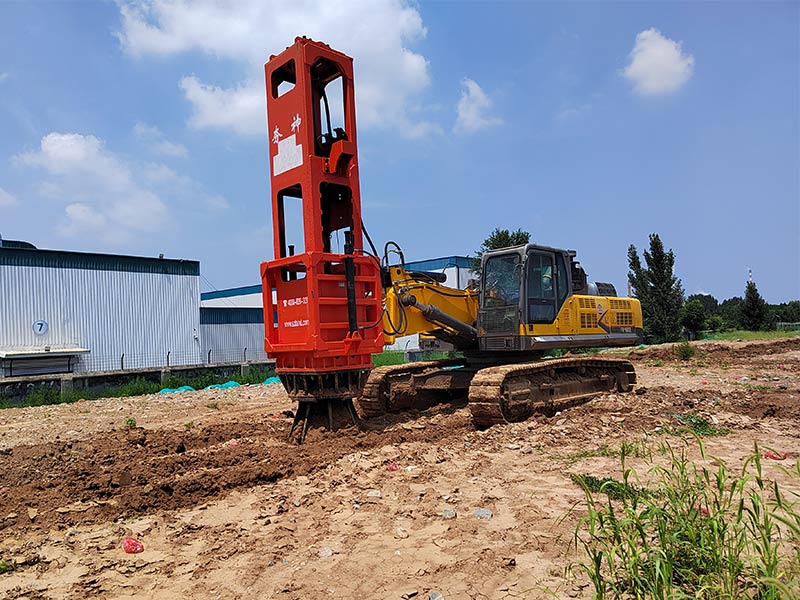You don't necessarily need to wet gravel before compacting, however a light amount of water can help to keep dust levels down. Just be sure not to make the area too wet.
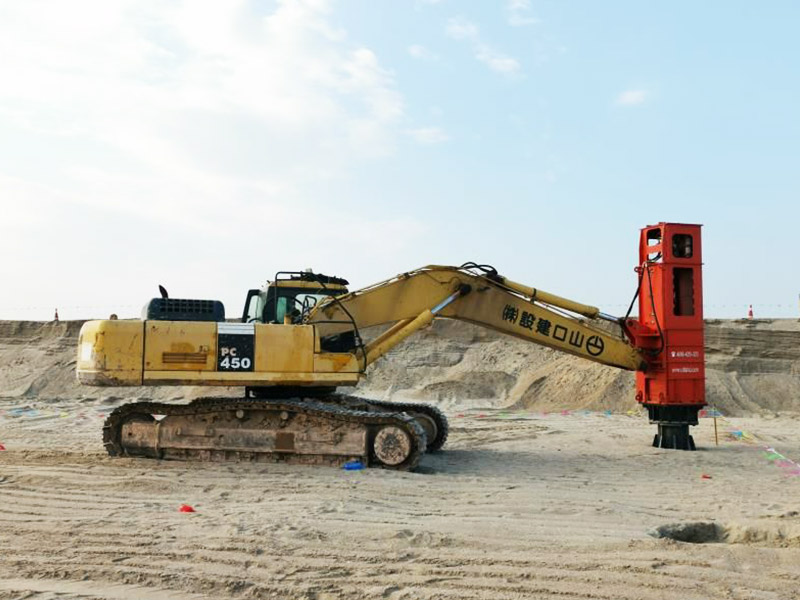
Preliminary trials are an important pre-requisite to any extensive RIC works. Furthermore, as the main RIC works are proceeding, ongoing monitoring and testing is necessary to ensure that the appropriate amount of energy is being applied to the soil profile and that performance requirements are being met. The compaction trial, in particular, is important for the evaluation of ground response. The optimal number of blows per pass is typically taken as the value beyond which continued blows produce negligible further penetration of the compaction foot.
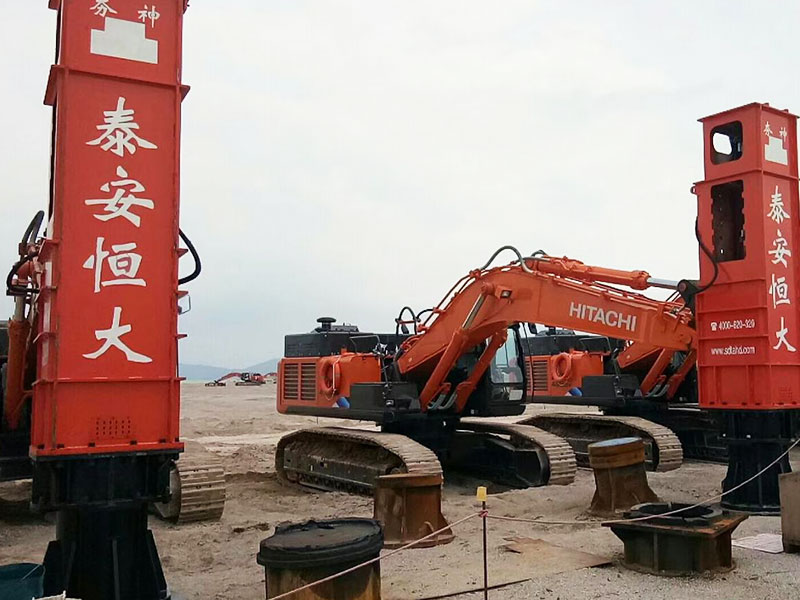
Rapid Impact Compaction with the Rapid Impact Compactor (RIC) is an innovative method in the field of near surface and deep compaction techniques. The RIC is a dynamic compaction device based on piling hammer technology. Dynamic energy is imparted by a falling weight dropping from a controlled height onto a patented foot. The foot of the device remains in contact with the ground; thus, the energy is transferred to the ground safely and efficiently.
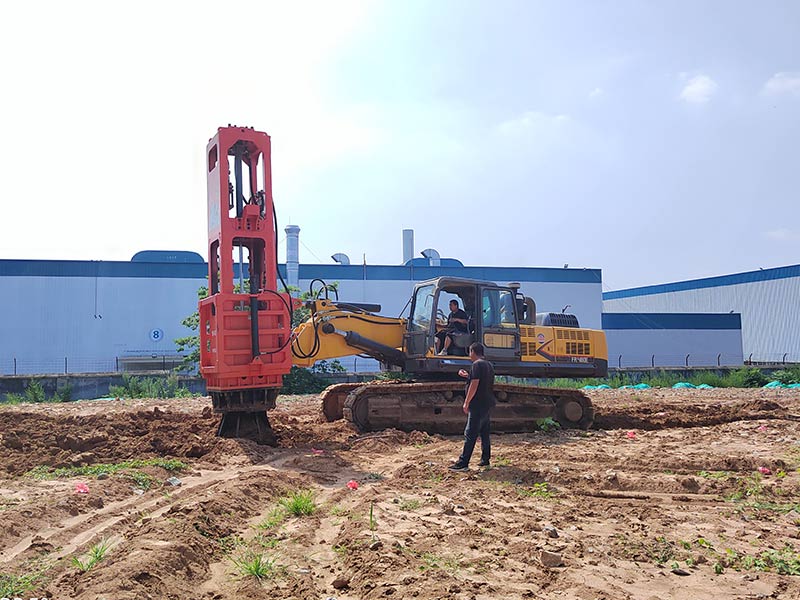
The RIC employs an on-board computer to control impact set termination criteria, and to record critical data. So the machine is accurately controlled from the excavator cab, and the degree of compaction is electronically monitored. The monitor can be set to halt impacting on a footprint once the design set is reached. Thus, wasting energy is avoided, and performance and production rates can be improved. The data stored in the monitor can be downloaded to a PC and analysed, evaluated and printed.
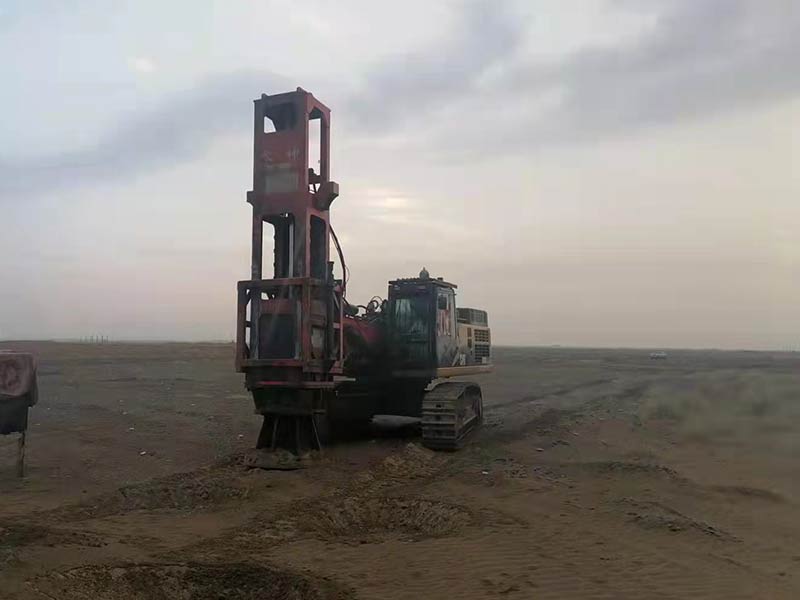
Rapid Impact Compaction provides a technically sound and economic method of improving the capacity of a wide variety of loose soils and fills. The Rapid Impact Compactor can work alone on some types of strata (effective treatment in the top layers of typically up to 6 m depth) or in conjunction with other ground improvement techniques, e.g., Deep Dynamic Compaction, where the strata´s depth or grain sizes dictates. Due to the numerous benefits, e.g., compaction control through an on-board computer, operation at safety, quality assurance, versatility and speed, the Rapid Impact Compaction system will become well-established in the dynamic compaction field. Further research, including theoretical, numerical and practical studies, is nevertheless essential to enhance the innovative compaction system.
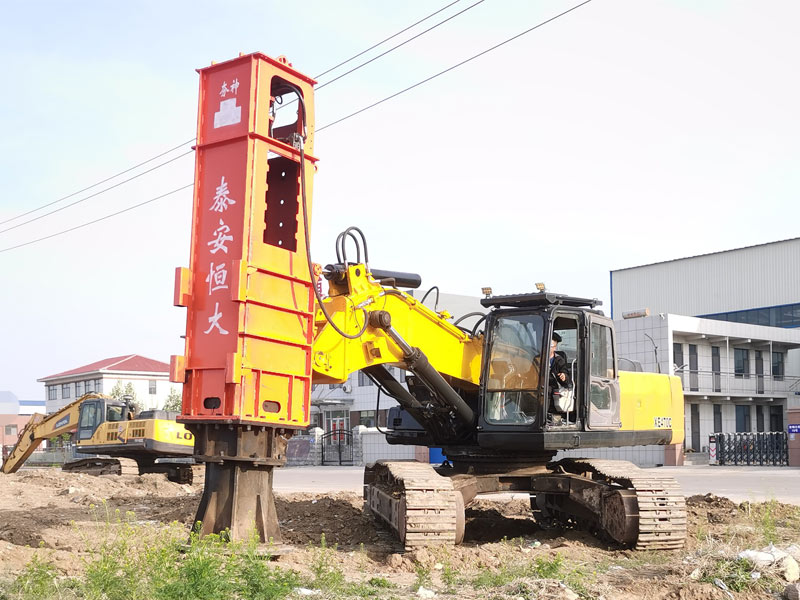
Small Buildings and Floor Slabs – RIC has been used to improve soil under 2 to 3-story building footings and floor slabs.
Replace Surcharging – Instead of using a surcharge to consolidate the soil under a static weight, Rapid Impact Compaction consolidates it immediately.
Replace Over Excavation – Loose fills or soils can be consolidated immediately without the need to replace the soil.
Improve Lateral Load Capacity for Piles – The lateral load capacity of a pile is greatly influenced by the stiffness of the upper 10 feet of soil in which it is driven. By densifying the upper layers of soil the lateral capacity is greatly increased.
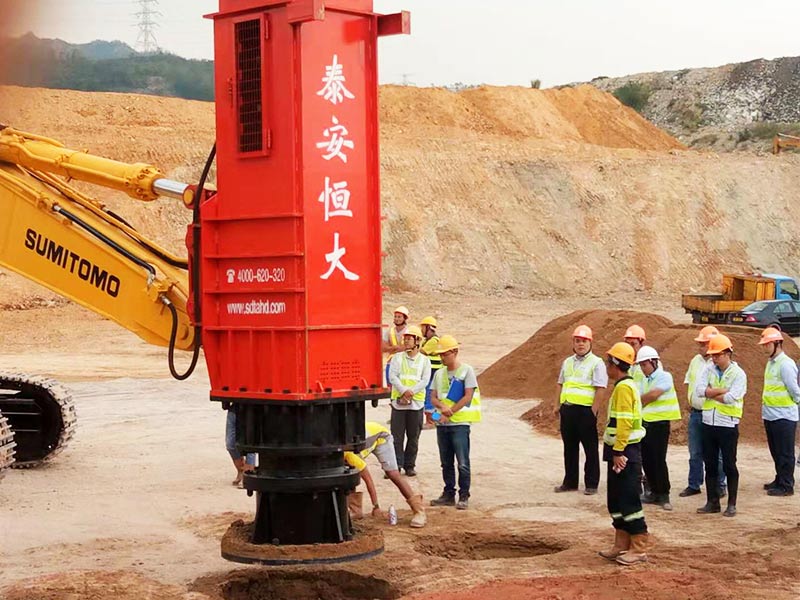
One advantage of RIC is that the drop height and number of blows can be varied based on the soil conditions. Through a test program, we will work with the Geotechnical Engineer of Record (GER) to determine the appropriate improvement criteria and RIC set-up for various areas of the site. For a site with a mixed soil profile and varying thicknesses of sand and clay, the ability to accurately control the amount of energy delivered to the ground is critical as it allows one to improve the loose overlying loose soil without liquefying the fine grained soils below – providing more uniform compaction.










